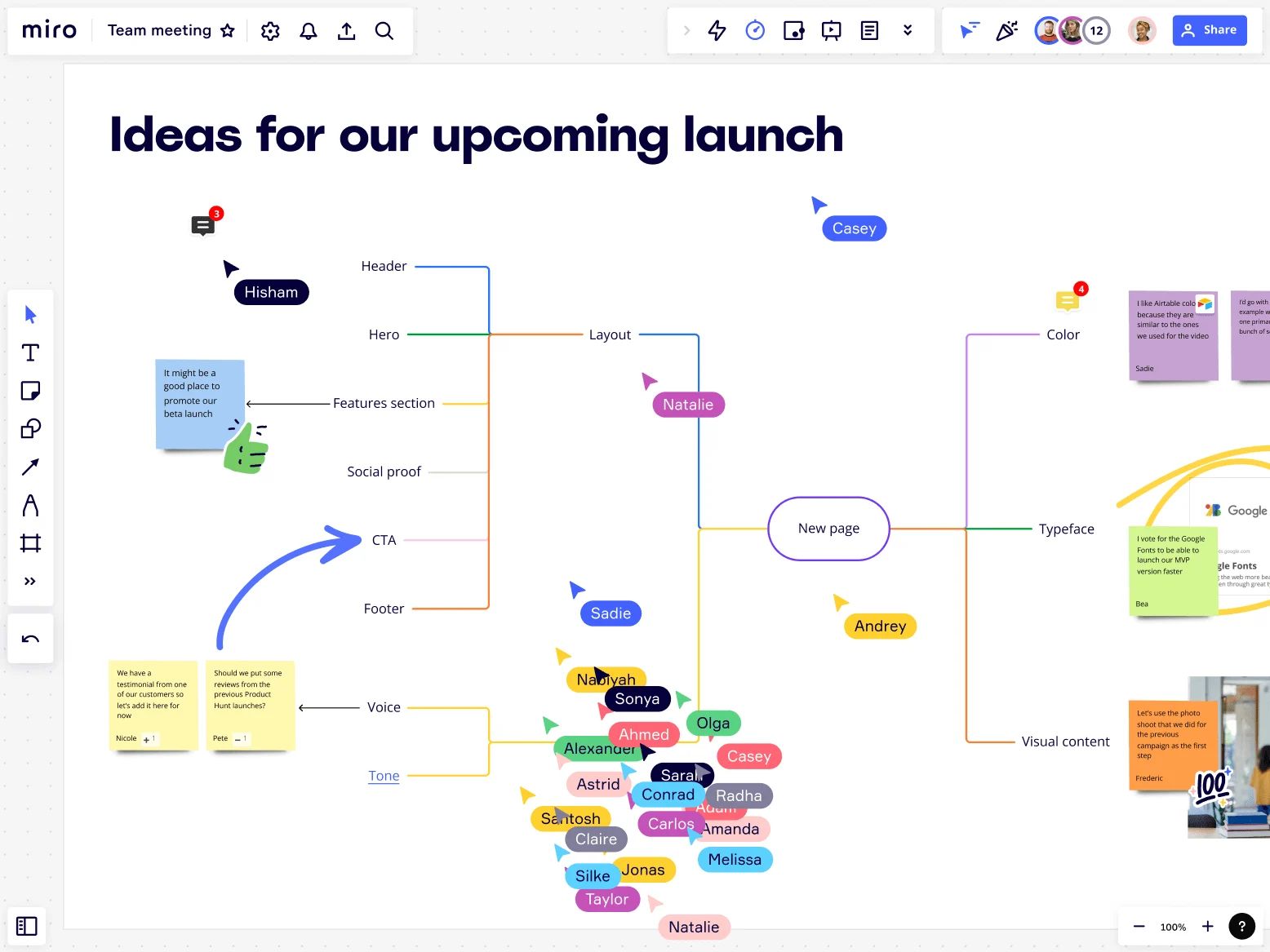
What is creative problem-solving?

An introduction to creative problem-solving
Creative problem-solving is an essential skill that goes beyond basic brainstorming. It entails a holistic approach to challenges, melding logical processes with imaginative techniques to conceive innovative solutions. As our world becomes increasingly complex and interconnected, the ability to think creatively and solve problems with fresh perspectives becomes invaluable for individuals, businesses, and communities alike.
Importance of divergent and convergent thinking
At the heart of creative problem-solving lies the balance between divergent and convergent thinking. Divergent thinking encourages free-flowing, unrestricted ideation, leading to a plethora of potential solutions. Convergent thinking, on the other hand, is about narrowing down those options to find the most viable solution. This dual approach ensures both breadth and depth in the problem-solving process.
Emphasis on collaboration and diverse perspectives
No single perspective has a monopoly on insight. Collaborating with individuals from different backgrounds, experiences, and areas of expertise offers a richer tapestry of ideas. Embracing diverse perspectives not only broadens the pool of solutions but also ensures more holistic and well-rounded outcomes.
Nurturing a risk-taking and experimental mindset
The fear of failure can be the most significant barrier to any undertaking. It's essential to foster an environment where risk-taking and experimentation are celebrated. This involves viewing failures not as setbacks but as invaluable learning experiences that pave the way for eventual success.
The role of intuition and lateral thinking
Sometimes, the path to a solution is not linear. Lateral thinking and intuition allow for making connections between seemingly unrelated elements. These 'eureka' moments often lead to breakthrough solutions that conventional methods might overlook.
Stages of the creative problem-solving process
The creative problem-solving process is typically broken down into several stages. Each stage plays a crucial role in understanding, addressing, and resolving challenges in innovative ways.
Clarifying: Understanding the real problem or challenge
Before diving into solutions, one must first understand the problem at its core. This involves asking probing questions, gathering data, and viewing the challenge from various angles. A clear comprehension of the problem ensures that effort and resources are channeled correctly. Using a problem statement template can help you define and clarify the challenges you're facing. You'll find several options in our template library.
Ideating: Generating diverse and multiple solutions
Once the problem is clarified, the focus shifts to generating as many solutions as possible. This stage champions quantity over quality, as the aim is to explore the breadth of possibilities without immediately passing judgment.
Developing: Refining and honing promising solutions
With a list of potential solutions in hand, it's time to refine and develop the most promising ones. This involves evaluating each idea's feasibility, potential impact, and any associated risks, then enhancing or combining solutions to maximize effectiveness.
Implementing: Acting on the best solutions
Once a solution has been honed, it's time to put it into action. This involves planning, allocating resources, and monitoring the results to ensure the solution is effectively addressing the problem.
Techniques for creative problem-solving
Solving complex problems in a fresh way can be a daunting task to start on. Here are a few techniques that can help kickstart the process:
Brainstorming
Brainstorming is a widely-used technique that involves generating as many ideas as possible within a set timeframe. Variants like brainwriting (where ideas are written down rather than spoken) and reverse brainstorming (thinking of ways to cause the problem) can offer fresh perspectives and ensure broader participation.
Mind mapping
Mind mapping is a visual tool that helps structure information, making connections between disparate pieces of data. It is particularly useful in organizing thoughts, visualizing relationships, and ensuring a comprehensive approach to a problem.
SCAMPER technique
SCAMPER stands for Substitute, Combine, Adapt, Modify, Put to another use, Eliminate, and Reverse. This technique prompts individuals to look at existing products, services, or processes in new ways, leading to innovative solutions.
Benefits of creative problem-solving
Creative problem-solving offers numerous benefits, both at the individual and organizational levels. Some of the most prominent advantages include:
Finding novel solutions to old problems
Traditional problems that have resisted conventional solutions often succumb to creative approaches. By looking at challenges from fresh angles and blending different techniques, we can unlock novel solutions previously deemed impossible.
Enhanced adaptability in changing environments
In our rapidly evolving world, the ability to adapt is critical. Creative problem-solving equips individuals and organizations with the agility to pivot and adapt to changing circumstances, ensuring resilience and longevity.
Building collaborative and innovative teams
Teams that embrace creative problem-solving tend to be more collaborative and innovative. They value diversity of thought, are open to experimentation, and are more likely to challenge the status quo, leading to groundbreaking results.
Fostering a culture of continuous learning and improvement
Creative problem-solving is not just about finding solutions; it's also about continuous learning and improvement. By encouraging an environment of curiosity and exploration, organizations can ensure that they are always at the cutting edge, ready to tackle future challenges head-on.